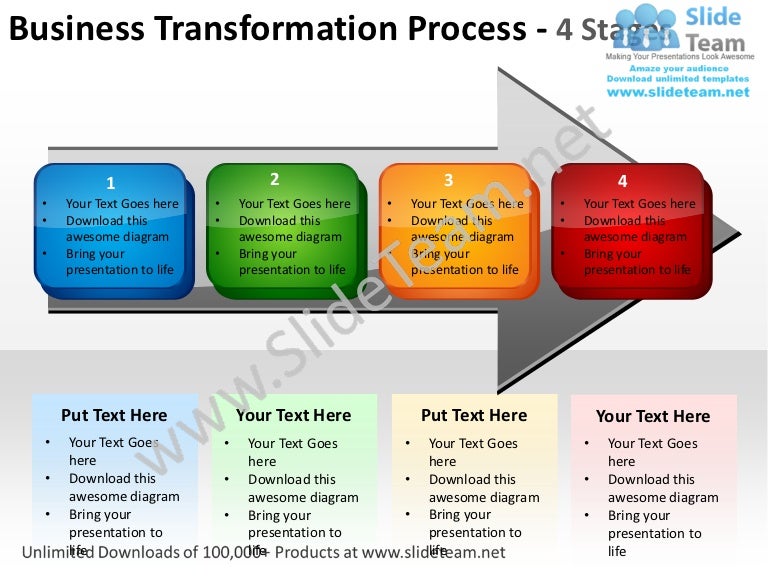
- #FOUR STAGES IN BUSINESS PROCESS MODELLING SOFTWARE#
- #FOUR STAGES IN BUSINESS PROCESS MODELLING SERIES#
When a process is well documented, for example, employees will have a much easier time learning that process, understanding expectations, and carrying the process out. That standardization, in turn, can help improve key stages in employee workflows. By analyzing and understanding a process, it is much easier to document and standardize a business process. Inefficient processes, for example, can miss their objectives, cost more, impact quality, and so forth. Better business outcomes is one of the primary reasons to improve processes.

By understanding how the process works, process modelers can redesign processes and optimize them to decrease waste, shortened process timelines, improve outcomes, and more. One of the main benefits of reengineering processes is performance improvement.
Improved process efficiency and performance. that information, can then be used to offer insights into what works, what doesn’t, and what needs fixing. As mentioned, analyzing business processes can offer a window into how those processes operate. A greater understanding of business processes. Though we alluded to the benefits of process modeling above, it is useful to understand exactly why process modeling is used in business. Process modeling, in short, is a well-established and well studied business activity that has been used for a long time to enhance business processes and outcomes. The emphasis typically is upon rethinking business processes and applying a repeatable method to improving those processes. Like business process management, business process reengineering aims to improve processes. in the course of any organizational change project, business processes will often be redesigned, refined, or created from scratch. Change management focuses on designing implementing, and optimizing organizational change initiatives. One way they can do this is by re-engineering business processes, using tools such as those covered above. Certain process improvement methodologies, such as lean and Six Sigma, aim to improve organizational processes and activities. Business process management is the discipline dedicated to process design, redesign, and improvement. Process modeling can be viewed as a process, technique, or activity, which is often conducted as part of other business disciplines. There are actually dozens of tools that can be used to model processes, and they are often also used with other tools, such as a business reference model or a business model. Then in the main grid, each activity spans a certain length of time, and is represented by a bar on the chart. On the left side of the chart, activities are listed. At the top of the chart, dates are organized horizontally from left to right. A Gantt chart is a project management tool that shows business activities on a timeline. Another type of notation, formalized administrative notation focuses on people within the organization, their responsibilities, the sequence of operations, and other elements of interest to administrators. The language takes a slightly different approach, and while it does include similar elements to BPMN, such as events, it offers more detailed elements, such as logical connectors, control flows, and information flows. An event-driven process chain is similar to BPMN in that it is a language used to describe processes. This map the steps needed to take to deliver or create value for end customers. A value stream map is a tool used within lean. 
It looks much like a flowchart, but it focuses more on data and information, inputs and outputs, and the path that data takes through an organization. A data flow diagram maps out the information flow within a process. This is a very straightforward way to enhance one’s understanding of a business process.
#FOUR STAGES IN BUSINESS PROCESS MODELLING SERIES#
It outlines a series of tasks, events, or activities to undertake in order to complete the process. A flowchart is a diagram that represents a process or a workflow. BPMN uses graphical elements to describe business processes, such as activities and events. This notation system is easy to learn and can generate significant business benefits when used properly. BPMN is a notation used to describe business processes. Business process model and notation, or BPMN.Process modeling, also known as business process modeling, is an established practice that takes specific forms such as:
#FOUR STAGES IN BUSINESS PROCESS MODELLING SOFTWARE#
More recently, software can be used to model and improve processes. Process modeling, unsurprisingly, refers to the modeling of a business process, usually by mapping the business process on a flowchart, in a diagram, or in documentation. Process modeling can help business leaders and managers better understand business processes, improve those processes, document them, and get better results for the organization.






 0 kommentar(er)
0 kommentar(er)
